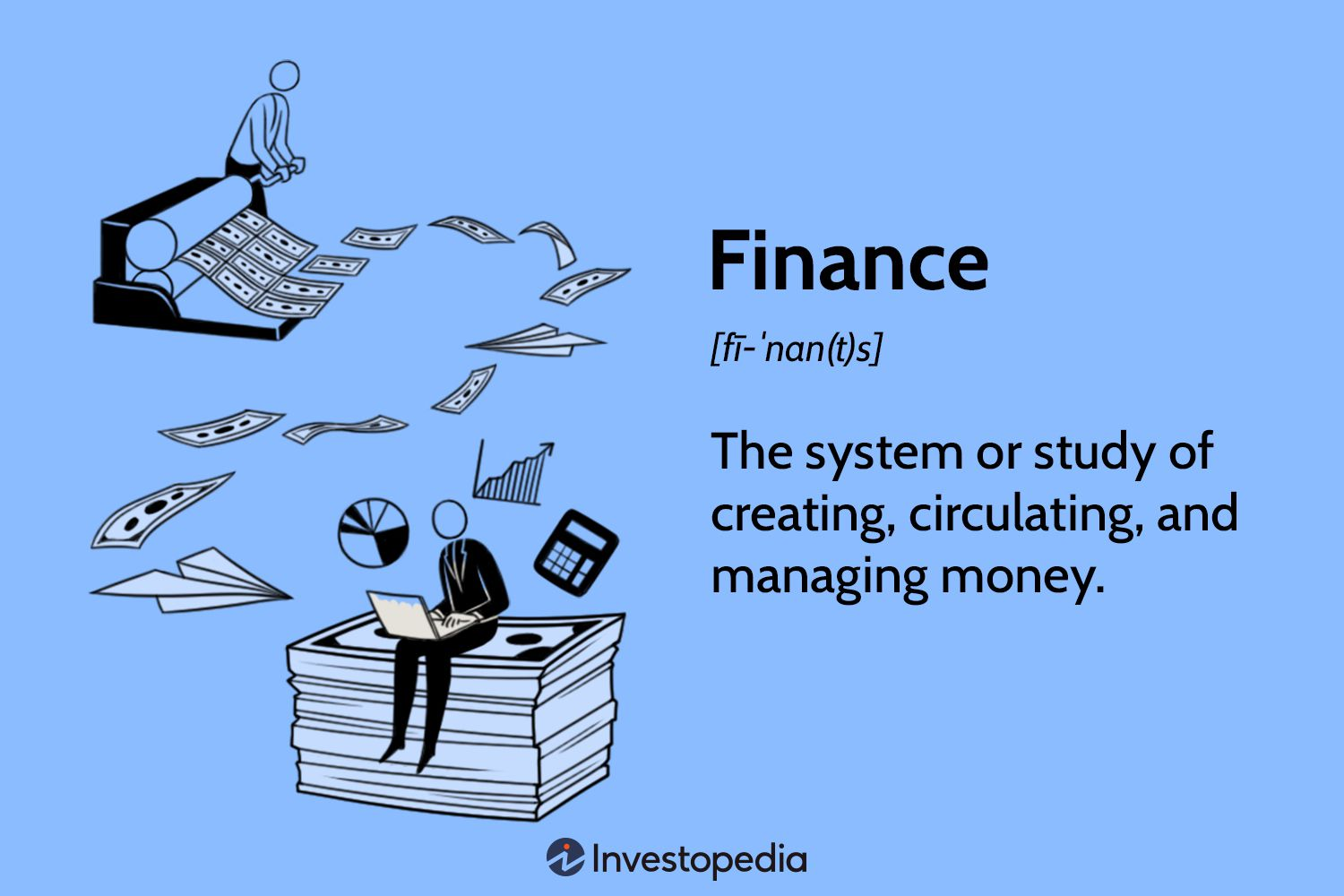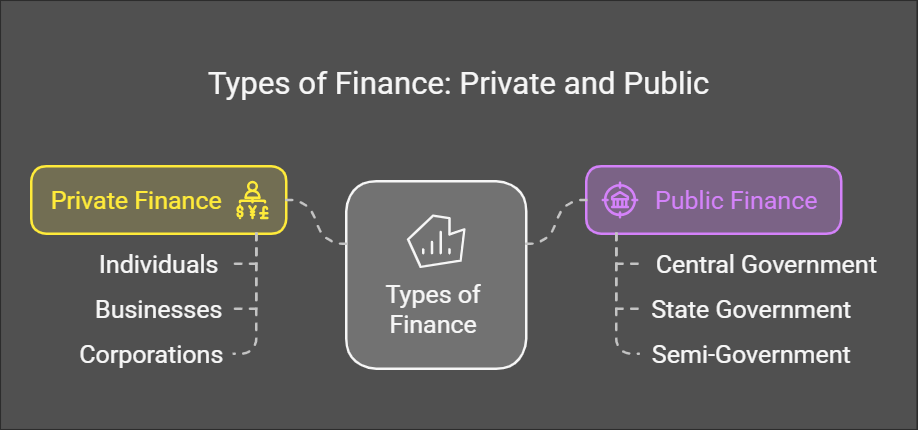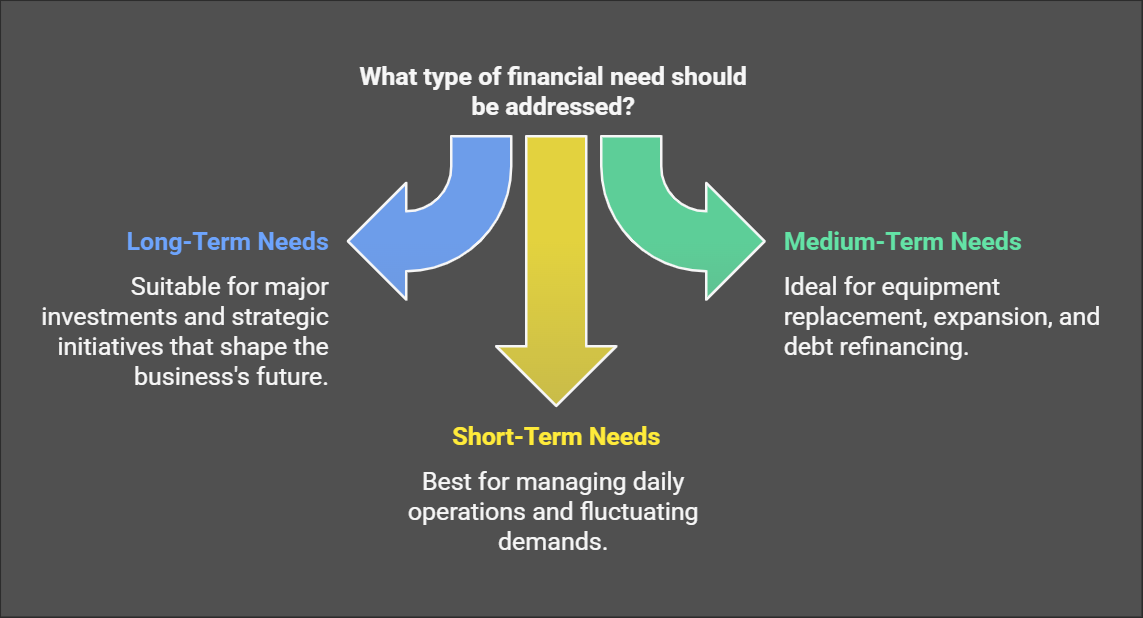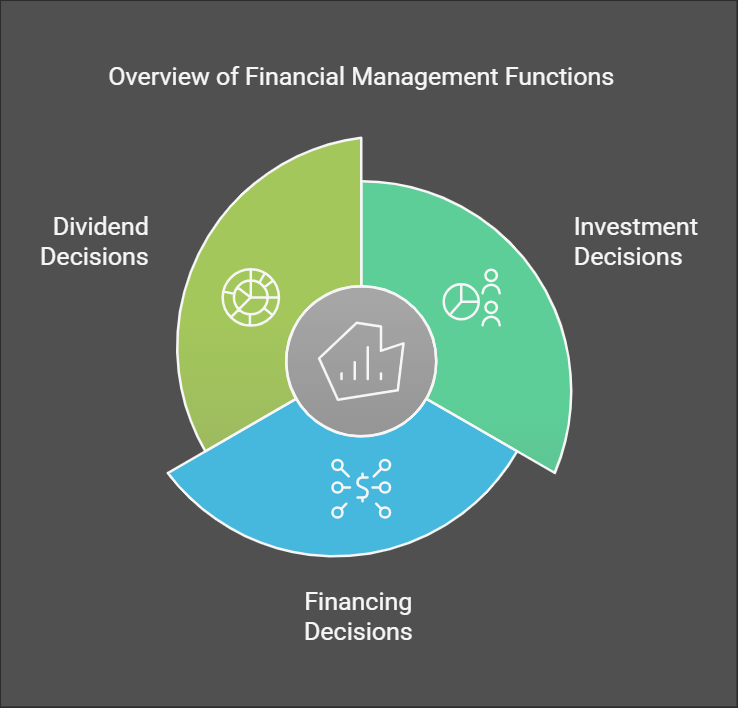Introduction to financial manaement
What is Finance?
Finance, at its core, is the art and science of managing money. It encompasses a broad range of activities related to the acquisition, allocation, and utilization of funds. It is not merely about making money; it's about making strategic decisions to maximize value and achieve specific financial objectives. This applies to all levels, from individuals managing their personal budgets to multinational corporations making complex investment decisions and governments allocating public funds.
Specifically, finance is concerned with:

- When to buy: This involves assessing market conditions, analyzing potential risks and returns, and identifying the optimal timing for acquiring assets, resources, or investments. For example, a company might delay purchasing new equipment if interest rates are expected to rise.
- What to buy: This involves evaluating various opportunities and selecting the assets or investments that best align with financial goals, risk tolerance, and strategic objectives. For instance, a portfolio manager will decide between allocating funds to stocks, bonds, or real estate.
- When to sell: This involves determining the right time to liquidate assets or investments to realize profits, minimize losses, or reallocate resources. An investor might decide to sell a stock after it has reached its target price.
Finance is a vital function for everyone, regardless of their scale of operation. It is a key driver of economic activity, innovation, and growth.
Key Concepts in Finance:
-
Business Finance: Business finance is the specialized field within finance that focuses on the monetary affairs of business organizations. It's concerned with the entire lifecycle of business funds, from sourcing to deployment. Its key functions include:
- Acquiring Capital: Obtaining the necessary funds to operate and grow, through various methods like loans, equity, or bonds.
- Managing Funds: Efficiently utilizing funds for day-to-day operations, long-term investments, and strategic initiatives.
- Meeting Objectives: Ensuring financial decisions align with the overall goals and mission of the business, such as maximizing shareholder value or achieving a targeted growth rate.
- Financial Planning: Formulating strategies for long-term funding, growth, and expansion.
-
Corporate Finance: A specific area of business finance that focuses on the financial decisions made by corporations. It deals with the financial resources of a company and how best to manage them. Key aspects of corporate finance include:
- Budgeting: Planning and managing a company's expenses and revenues.
- Financial Forecasting: Predicting future financial performance to inform strategic decisions.
- Cash Management: Efficiently managing the flow of cash within a company.
- Credit Administration: Managing and controlling credit extended to customers.
- Investment Analysis: Evaluating and selecting profitable investment opportunities.
- Fund Procurement: Obtaining necessary funding from diverse sources, such as debt, equity, or hybrid securities.
- Technological Integration: Adopting modern technologies and applications to improve financial decision-making.
- Global Perspective: Considering the impact of the global economic environment on financial operations.
-
Financial Management: The core management function responsible for overseeing the financial activities of an organization. Financial management ensures the efficient allocation and utilization of funds to achieve the organization's goals. This involves:
- Planning: Setting financial goals and developing strategies to achieve them.
- Organizing: Structuring the financial resources and operations of the organization.
- Directing: Guiding financial activities towards achieving organizational objectives.
- Controlling: Monitoring financial performance and taking corrective actions when needed.
- Efficient Use of Capital: Ensuring the business uses funds effectively, minimizing waste and maximizing returns.
- Capital Funds Management: Dealing with the efficient use of an organization's capital resources.
Types of Finance:
-
Private Finance: The management of financial resources by private entities, such as:
- Individuals: Personal budgeting, investments, savings, and borrowing.
- Businesses: Funding for operations, investments, and expansion.
- Corporations: Large-scale financial decisions related to capital structure, acquisitions, and investments.
- This sector includes any financial activity not related to government.
-
Public Finance: The management of financial resources by governmental bodies, including:
- Central Government: National-level fiscal policies, tax revenue, and public spending.
- State Government: State-level financial matters, including taxation, budgeting, and allocation of resources.
- Semi-Government: Public sector organizations with some degree of autonomy and their own financial operations, such as utility authorities.
- This focuses on how public money is collected and spent.

Types of Financial Needs in Business:
-
Long-Term Needs: Financial requirements that extend beyond three years. These funds are generally used for:
- Capital Expenditures: Investments in major assets like land, buildings, and equipment.
- Strategic Projects: Funding for large-scale projects that will affect the long-term direction of the business.
- Mergers and Acquisitions: Financing for the purchase of other companies.
-
Medium-Term Needs: Financial requirements that typically last for about one year. These funds are used for:
- Equipment Replacement: Funding to replace existing assets.
- Expansion Projects: Funding for growth initiatives that are not long-term strategic projects.
- Debt Refinancing: Refinancing of loans or debt.
-
Short-Term Needs: Financial needs for a relatively short period, usually to meet daily operating requirements. These funds are used for:
- Working Capital Management: Funds to manage day-to-day expenses like inventory, payroll, and accounts payable.
- Meeting Operating Expenses: Ensuring funds are readily available to pay for daily costs.
- Handling Fluctuations: Funding to cope with peaks and troughs in customer demand.
Key Functions of Financial Management:
-
Investment Decisions: Deciding how to allocate capital across various assets. This includes:
- Capital Budgeting: Evaluating long-term investments in fixed assets, like machinery, infrastructure, and new plants, by analyzing the potential risks and returns.
- Working Capital Decisions: Determining the optimal level of investment in short-term assets, such as inventory, accounts receivable, and cash, which are critical for day-to-day operations.
- Asset Selection: Choosing the specific assets that will best support the company's strategic goals.
-
Financing Decisions: Determining how to raise the necessary capital for the organization. This involves:
- Capital Structure: Finding the right mix of debt (loans) and equity (ownership) to fund operations.
- Source of Finance: Deciding whether to use bank loans, bond issuance, venture capital, or other forms of financing.
- Cost of Capital: Analyzing the cost of different sources of funds.
- Financing Period: Selecting optimal time periods for financial obligations.
-
Dividend Decisions: Determining how much profit to distribute to shareholders versus how much to reinvest in the company. This involves:
- Dividend Policy: Setting the policy for how much profit will be returned to investors and how much will be kept for reinvestment.
- Dividend Rate: Selecting the specific amount of dividend that will be paid out per share.
- Retained Profit Allocation: Deciding how much profit will be kept for growth and expansion.
- Balancing Shareholder Returns and Business Needs: Deciding how much to give back to shareholders while ensuring sufficient funds to finance growth initiatives.
Objectives of Financial Management:
- Ensure Adequate Funds: Maintaining sufficient cash flow to meet operational requirements, take advantage of opportunities, and weather unforeseen financial challenges.
- Maximize Returns for Shareholders: Making financial decisions that increase shareholder wealth through higher dividends and stock prices over time.
- Efficient Use of Funds: Allocating funds effectively to minimize waste, optimize performance, and achieve the greatest value for each dollar spent.
- Safety of Investment: Directing funds to secure investments that provide a stable return, avoid significant losses and are properly monitored.
- Sound Capital Structure: Establishing a balanced mix of debt and equity, ensuring a stable financial base and optimizing the cost of capital.
- Optimized Capital Utilization: Ensuring that all resources are utilized to their maximum capacity to boost earnings.
Relationship of FM with other Functional areas of business
- Economics: Financial management uses economic concepts to guide financial analysis, forecasting, and decision-making, such as supply and demand, inflation, and interest rates.
- Accounting: Financial management relies on accurate financial data generated by accounting systems. These data provide information for financial reporting, analysis, and control.
- Mathematics: Financial management employs mathematical and statistical techniques for financial modeling, forecasting, and quantitative analysis.
- Production Management: Financial decisions impact production, as resources need to be allocated to manage cost efficiently and strategically.
- Marketing: Marketing plans require financial analysis and budgeting to measure campaign effectiveness and determine the cost of different initiatives.
- Human Resource: Financial management is responsible for managing costs associated with human capital such as payroll, benefits and retirement plans.
Two Key Objectives of Financial Management (Debated):
Profit Maximization
Key Features of Profit Maximization
- Synonym: Also called "cashing per share maximization."
- Goal: To maximize business operations for profit.
- Ultimate Aim: Earning profit is the central objective.
- Profit as a Measure: Profit is a key indicator of business efficiency and overall position.
- Risk Reduction: Profit maximization is believed to help reduce business risk.
Favorable Arguments for Profit Maximization
- Primary Objective: The main aim of any business is to earn profit.
- Performance Indicator: Profit is the fundamental measure of business performance.
- Risk Management: Profit is believed to decrease overall business risk.
- Financial Resource: Profit serves as a vital source of internal funding.
- Social Contribution: Profit can enable businesses to contribute to society.
Unfavorable Arguments Against Profit Maximization
- Exploitation: Can lead to exploitation of workers and consumers.
- Unethical Practices: May encourage immoral activities, like corruption and unfair trade practices.
- Inequality: Can result in inequalities among stakeholders (e.g., customers, suppliers, shareholders).
Drawbacks of Profit Maximization
- Vague Definition: The term "profit" is not precisely defined, causing differing interpretations of business earnings goals.
- Ignores Time Value of Money: Fails to consider the time value of money and the net present value of cash flows.
- Ignores Risk: Neglects the business risk, both internal and external factors that impact overall operations.
Wealth Maximization
Overview of Wealth Maximization
- Modern Approach: A contemporary approach focused on innovation and improvements.
- Meaning of Wealth: Refers to shareholder wealth or the wealth of all stakeholders in the business.
- Synonyms: Also known as value maximization or net present worth maximization.
- Universal Acceptance: A widely accepted concept in the business field.
Favorable Arguments for Wealth Maximization
- Superior to Profit Maximization: Aims to enhance the value or wealth of shareholders, rather than just profit.
- Value-Cost Comparison: Considers the difference between the value generated and the costs incurred, providing an extract value for the business.
- Considers Time and Risk: Takes into account both the time value of money and the risks involved in the business.
- Efficient Resource Allocation: Promotes the effective use of resources.
- Economic Interest of Society: Ensures and supports the broader economic interests of the society.
Unfavorable Arguments Against Wealth Maximization
- Prescriptive and Potentially Unrealistic: Can be seen as a theoretical idea that may not be practically suitable for all present-day business activities.
- Disguised Profit Maximization: Some argue it is just another form of profit maximization under a different name.
- Ownership-Management Conflict: Can create conflict between the goals of owners (shareholders) and management.
- Management Benefit: Management may disproportionately benefit, leaving other stakeholders behind.
- Ultimate Goal: The ultimate aim may still be profit maximization.
- Profitability Dependent: Its effectiveness relies on the profitability of the business.
More Functions of Financial Management:
- Estimate Capital Needs: Assessing how much capital a company needs for operations, expansions, and other financial obligations, including both long-term and short-term requirements.
- Determine Capital Structure: Deciding the optimal mix of debt and equity to fund the company. This includes considering the interest rate for debt and the dividend payouts that equity will require.
- Choose Sources of Funds: Selecting the most appropriate sources of funding based on cost, availability, and risk. This may include choosing to issue shares or take out loans, among other options.
- Invest Funds: Deciding where to allocate the company’s money to secure its financial future and increase its financial standing. This may mean investing in profitable projects, acquisitions, or infrastructure.
- Manage Surplus: Determining how to use surplus funds, which includes both dividend payments to investors and reinvestments for business growth.
- Manage Cash: Overseeing cash flow, ensuring there's sufficient liquidity to meet daily expenses and other payment obligations.
Financial Decisions:
Financial decisions are all the choices made within the business that affect its finances. These can be broken down into:
-
Investment Decisions: Decisions about how to use the company's money to acquire assets, such as fixed assets or investments. They include:
- Capital Budgeting Decisions: Deciding which long-term projects to pursue (e.g. purchasing new equipment, expanding into new markets).
- Asset Selection: Identifying specific assets that align with the strategic goals of the organization.
- Working Capital Management decisions on the usage of short term assets to keep the company in operation and generate returns.
-
Financing Decisions: Decisions on how to raise the money needed for the company (e.g. debt versus equity). This includes:
- Capital Structure Decisions Determining the optimal mix of debt and equity for financing activities.
- Source of Financing: Considering all the different options that are available to the business and making a selection.
-
Dividend Decisions: Decisions about how to distribute profits to shareholders versus how much to keep for reinvestment (e.g. declaring dividends, retaining profits).
- Dividend Policy: Deciding the approach to dividend distributions for the business.
- Profit Reinvestment: Determining how much profit will be retained for long-term growth and projects.
-
Working Capital Decisions: These deal with managing short-term assets and liabilities, ensuring the company has enough money to operate. These decisions include:
- Cash Management Decisions Determining how cash flow will be managed within the business.
- Inventory Management Deciding how much inventory the company needs to maintain operations.
- Accounts Receivable Management How the business will manage collections of credit extended to customers.
Which Comes First?
The relationship between investment and financing is often referred to as a "chicken or the egg" problem. You need a promising project to attract funding, but you need funding to start a project. In practice, investment and financing are closely linked and typically occur concurrently as part of the financial planning process. The overall direction of a business depends on both and these decision processes go hand in hand.
Factors That Influence Financial Decisions:
Financial decisions are influenced by many factors, both within the company and in the external business environment.
-
Internal Factors:
- Nature of the Business: The type of business (e.g. manufacturing, services, or trading) affects the types of assets the company will require and hence its financial needs.
- Size of the business: Larger companies have different financial needs and strategies than smaller companies.
- Legal Structure: The structure of a company, such as sole proprietorship, partnership, or corporation, affects its ability to raise capital and manage financial obligations.
- Business Cycle: Economic conditions like growth or recession impact a company's capacity for investment, expenses and ability to raise capital.
- Ownership: How ownership is spread amongst stakeholders and its influence on the decision making process.
- Earnings: A company's earnings stability affects its ability to raise capital, pay dividends, and undertake investments.
- Liquidity: How easily a company can convert assets into cash and meet its short-term debts influences its financial decisions.
- Asset holdings: The balance of current vs fixed assets a company has impacts the sources of funding it needs.
- Term of Credit: The length of credit terms offered to customers as well as extended by suppliers can impact the short term financial decisions of the business.
- Management: Management's approach to risk and growth can influence their appetite for investment and financing.
-
External Factors:
- Economy: Economic conditions affect a company’s operating costs, revenue, and capacity to secure capital.
- Market Conditions: The overall conditions in the market impact a company’s ability to obtain funding and manage its cash flows.
- Government Regulations: Policies and guidelines by the government influence a company’s capacity for investment and the overall financial landscape.
- Taxes: Tax policies impact business profits and affect decisions on dividends, financing, and investments, leading to tax planning strategies.


